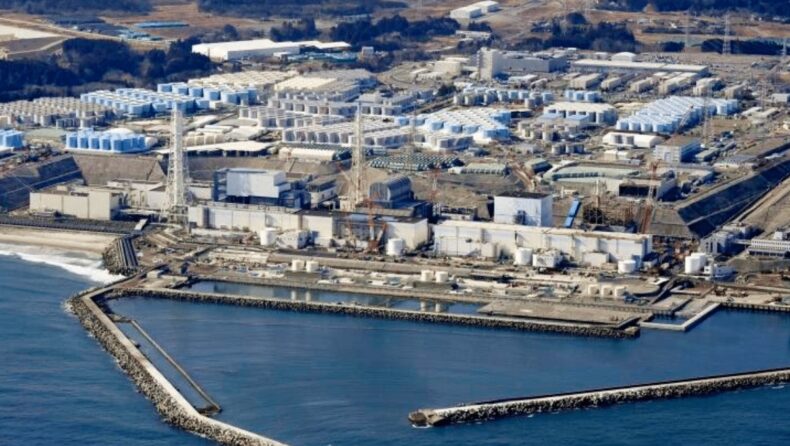Japan will release 1 million tonnes of contaminated water stored in 1000 tanks at Fukushima Power Plant after 12 years. It has the risk of leaking in case of another strong Tsunami or Earthquake.
The 2011 Tohoku earthquake and tsunami caused the meltdown of three nuclear reactors at the Fukushima Daiichi Nuclear Power Plant. The water is now set to release in the spring or summer of 2024, said the Japanese government.
1 million tonnes of contaminated water stored in 1000 tanks has the risk of leaking in case of another strong Tsunami or Earthquake. The approval for the release of water was issued in 2021 which faced severe backlash from environmental activists and the local fishing union. China and South Korea have also voiced their concern over the matter.
Chief Cabinet Secretary Hirokazu Matsuno made a statement in the press today. “Before releasing the water, the government will take steps to ensure safety and protect local communities from unfounded rumors.” “We will listen to local communities and the fishing industry, and carefully explain that necessary measures are in place for them,” said Chief Cabinet Secretary Hirokazu Matsuno.
The Current Plan
Tokyo Electric Power Company Holdings (TEPCO) announced the plan in 2021 to release treated wastewater into the sea. Under its current action, the treated water will be transported through a pipeline and an undersea tunnel where it will be diluted with seawater.
Japan’s foreign ministry claimed it is safe to release the water and meets international regulations. Although it is free of isotopes, it still contains traces of tritium. The Pacific nations and the local fishing communities are insecure as it may affect their livelihood.
The International Atomic Energy Agency (IAEA) has visited the Fukushima Power Plant several times and cooperated with TEPCO to increase the safety and transparency of the water being discharged. The IAEA team has been observing the collection of seawater, marine sediment, and fish samples from coastal waters in the vicinity of the Fukushima Daiichi Nuclear Power Station under a project initiated in 2014 to support the quality assurance of radioactivity data collection and analysis by Japanese laboratories.
Tohoku Tsunami and Earthquake of 2011
Japan witnessed its strongest earthquake on March 11, 2011, in the Tohoku region on the island of Honshu. The earthquake triggered an even stronger Tsunami causing waves 132 feet high (40 m). The earthquake and Tsunami melted three nuclear reactors at Fukushima Daiichi on March 12, 14, and 15 of 2011.

Image Source: The Economist
The natural disaster took the lives of 15,500 people and rendered 4,50,000 people homeless. The disaster crippled the country’s infrastructure (houses, roads, and bridges) and the environment. The release of toxic radioactive material and its exposure to thousands of people caused health-related problems like radiation-induced cancer risks in adults, children, and infants. Even 12 years after the disaster people have not been able to go back to their homes safely.
Apart from physical health. WHO reported that people also suffered from high Post-Traumatic Stress Disorder (PTSD). The psychological and emotional impact on children and animals was also found to be high.

Image Source : The Japan Times
In 2011, it was also reported that bureaucratic red tape, and the division of responsibilities across several government agencies, had hampered the response to the accident. The people of Honshu continue to bear the consequences of administrative negligence.













